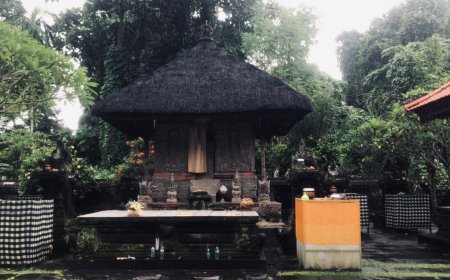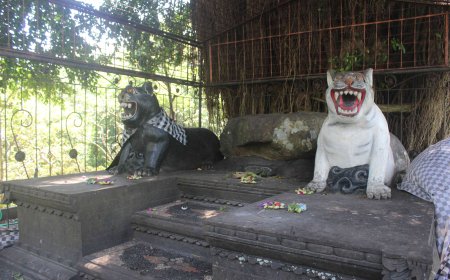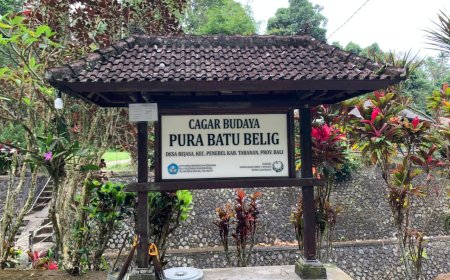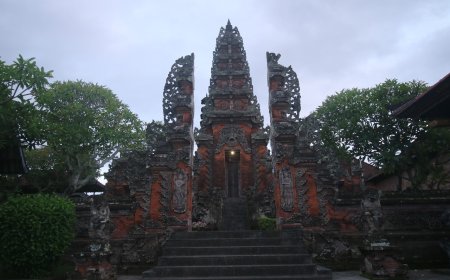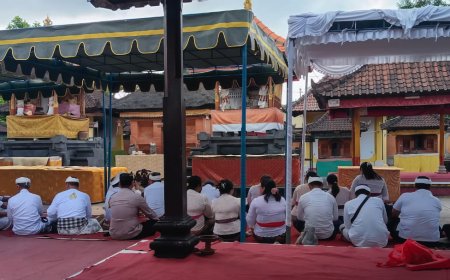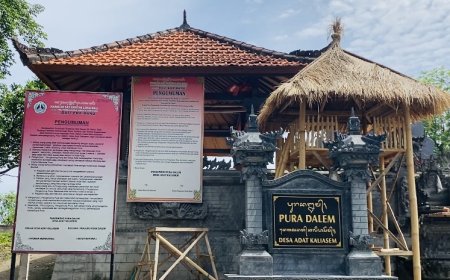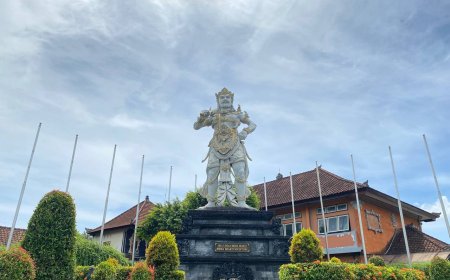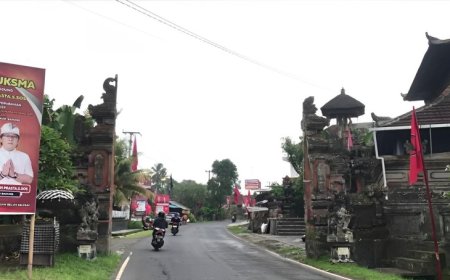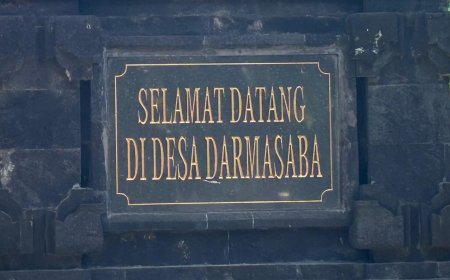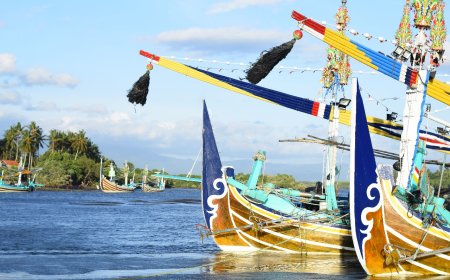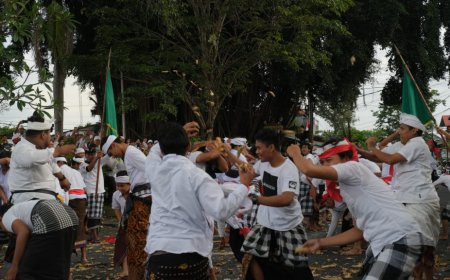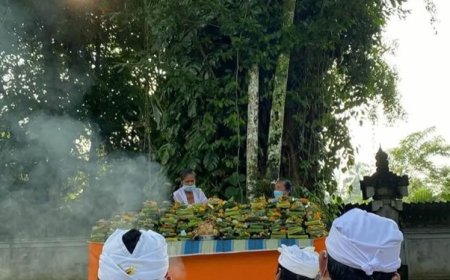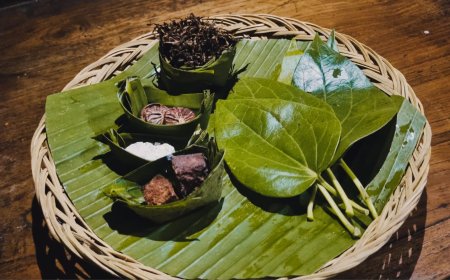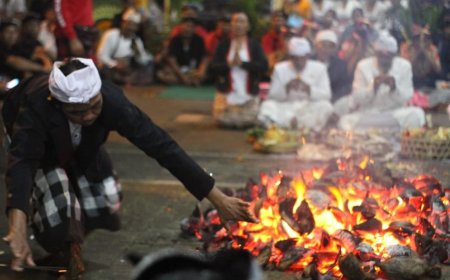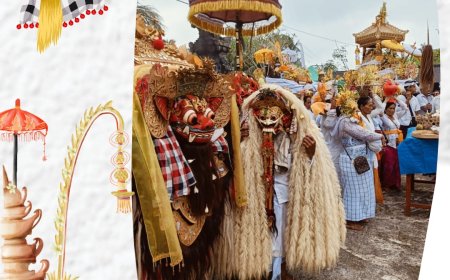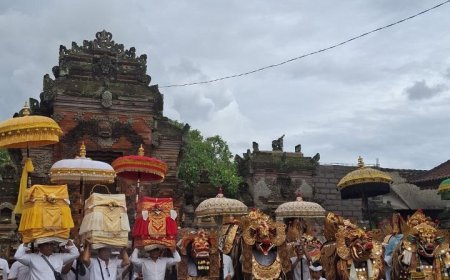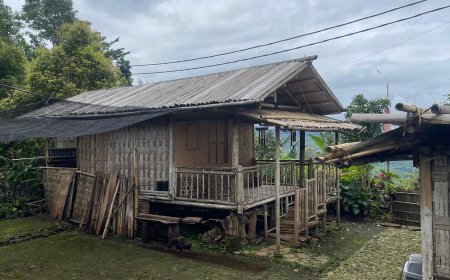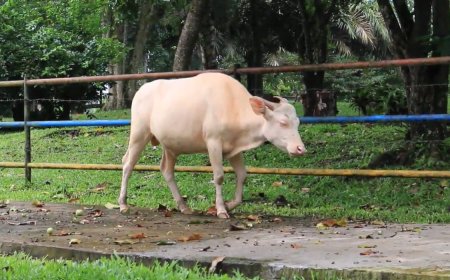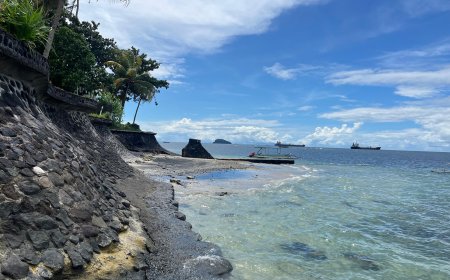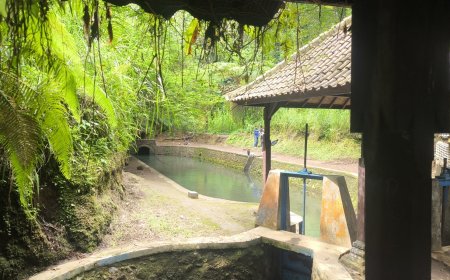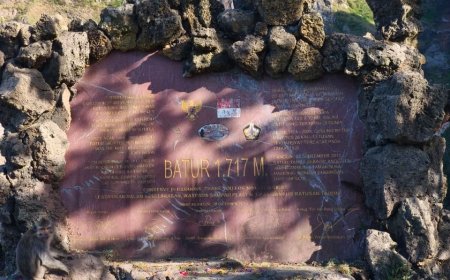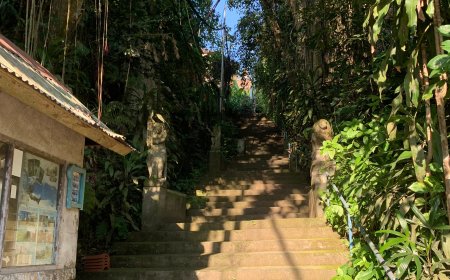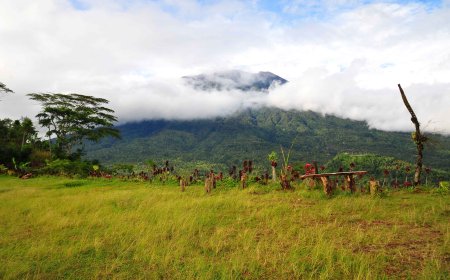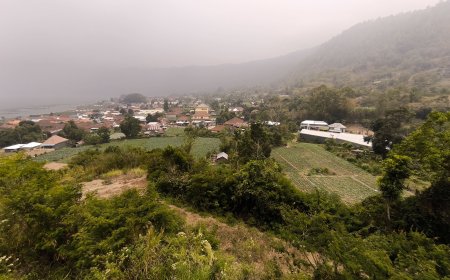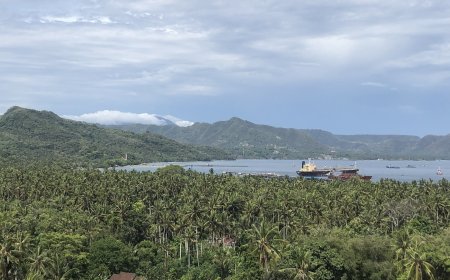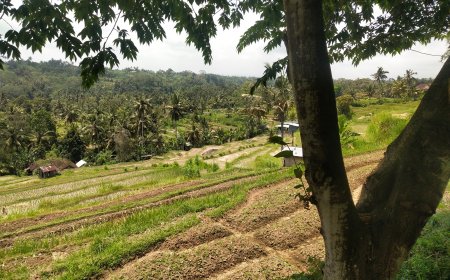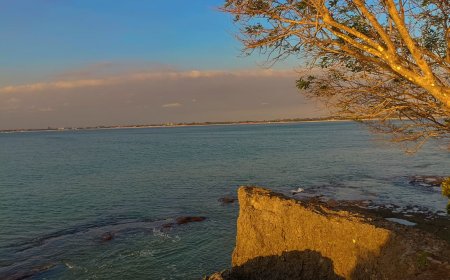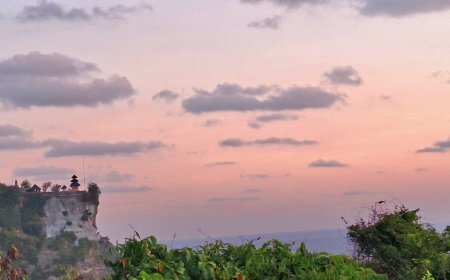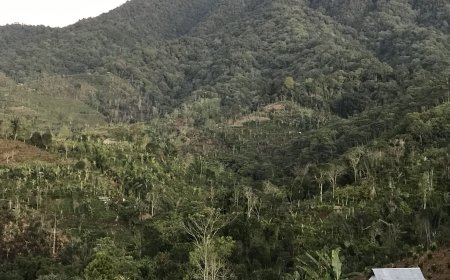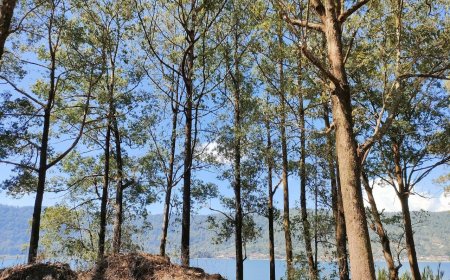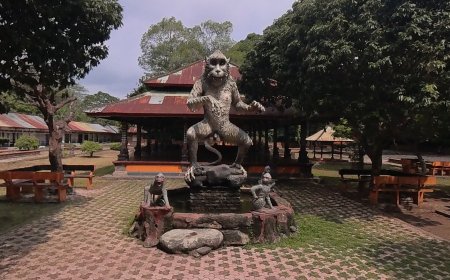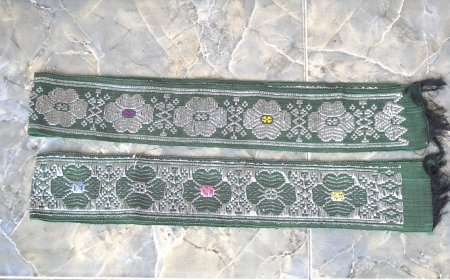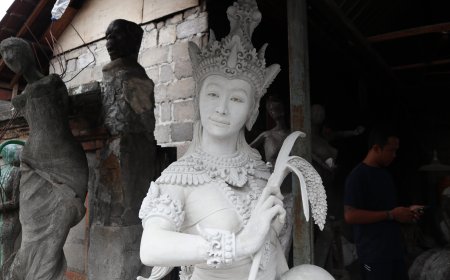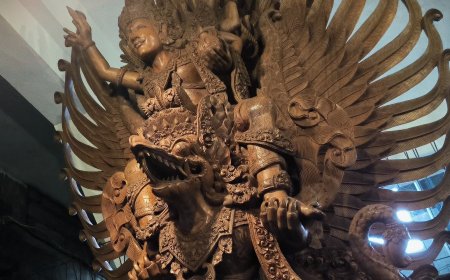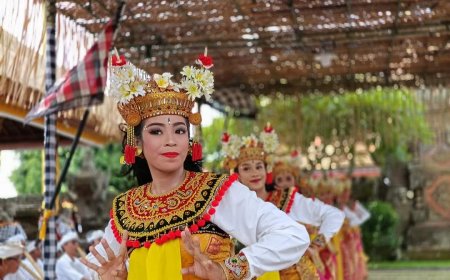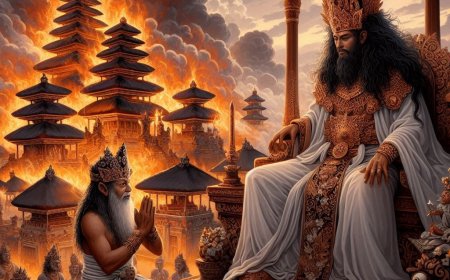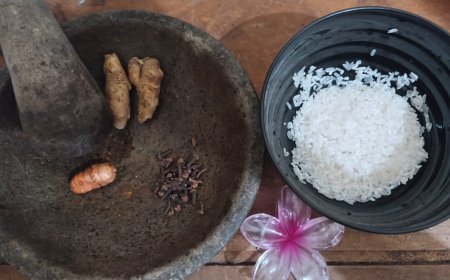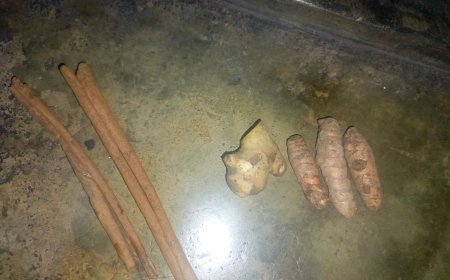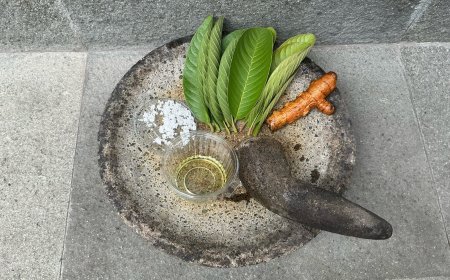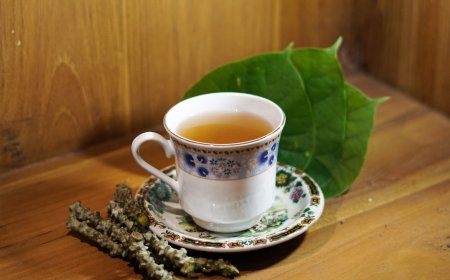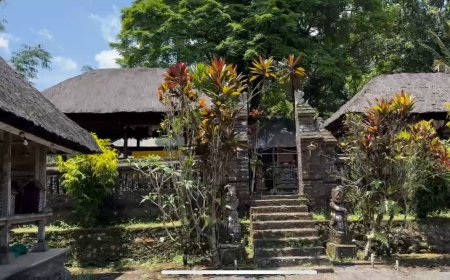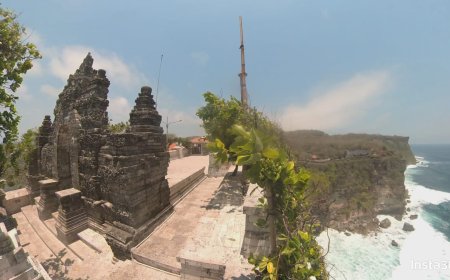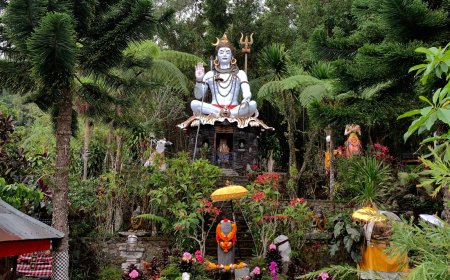Pura Tengkulak: The Story of Dhanghyang Dwijendra in Tulikup Village
Pura Tengkulak in Tulikup, Gianyar, has a profound history related to the spiritual journey of Dhanghyang Dwijendra. The priest, who originated from Majapahit, stopped in this village in the 16th century to spread the teachings of dharma. His presence provided advice on harmonious living that inspired the community.
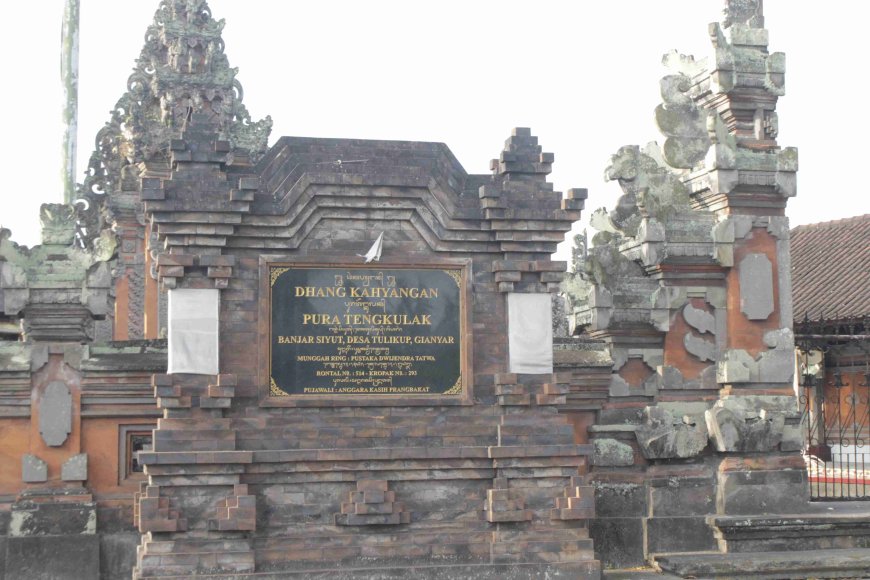
Pura Tengkulak is located in Tulikup Village, Gianyar, Bali. This temple holds deep historical significance, especially connected to the spiritual journey of a revered priest from Java, Dhanghyang Dwijendra. In Balinese Hindu tradition, Dhanghyang Dwijendra is known as a highly respected figure for his role in spreading the teachings of dharma and instilling local wisdom values that are still upheld by the Balinese people today.
Dhanghyang Dwijendra, also known as Dang Hyang Nirartha, was a priest from Majapahit who made a sacred journey to Bali in the 16th century. He arrived at a time when the Balinese Hindu community faced various challenges, both spiritually and socially. His presence was not only as a priest, but also as a teacher who advocated for a life of harmony and peace.
During his journey, Dhanghyang Dwijendra departed from Samprangan, heading east and eventually arriving in Tulikup Village. There, beside a river, he stopped and sat down to rest. Some villagers who saw him approached and respectfully sat in front of the priest. They asked where he had come from and the purpose of his journey. With patience, Dhanghyang Dwijendra explained that he was on a sacred journey, exploring Bali to spread teachings of goodness.
Tengkulak Temple with classic Balinese carvings (Photo Source: Editor's Collection)
Hearing this, the villagers felt honored by his presence. One of them decided to climb a coconut tree to pick young coconuts, locally called kuud, as an offering to the priest. After picking, the coconut was cut at the top and presented to the priest to drink.
Dhanghyang Dwijendra gratefully received the kuud. As a devout priest, before drinking or eating, he recited Vedic mantras to express gratitude to God. Afterward, he drank the coconut water and then split it open to enjoy the flesh inside. While enjoying the kuud, Dhanghyang Dwijendra conversed with the villagers.
During their conversation, the villagers shared that their well-being was lacking, as they often suffered from illnesses, and their crops did not grow well. Hearing their concerns, the priest offered advice. He told them that if any obstacles arose in the future, they could call on him spiritually, and he would come in a mystical form (niskala) to offer help by praying to God to remove the obstacle.
After the conversation, Dhanghyang Dwijendra continued his journey south, accompanied by the villagers to the shore. Every night after he left, the pieces of the kuud that Dhanghyang Dwijendra had consumed glowed brightly, emitting a light like the moon. This phenomenon amazed the villagers, as though they could see a mystical power at that place.
The villagers then agreed to build a temple at that location as a sacred place to worship God and to pray for the safety and prosperity of the village. The temple was named Pura Tengkulak, derived from the word tengkuluk, meaning a head covering, as a symbol of respect.
Inside the Tengkulak Temple area (Photo Source: Editor's Collection)
Since then, Pura Tengkulak has become a spiritual center for the people of Tulikup Village. Even today, every six months, a grand ceremony is held at this temple to honor Dhanghyang Dwijendra and pray for the safety of all villagers. This ritual, a legacy from the priest, holds deep spiritual meaning, reminding the community to maintain a harmonious relationship with nature, fellow humans, and God.
Pura Tengkulak stands as a testament to the sacred journey of Dhanghyang Dwijendra and serves as a reminder for future generations to uphold dharma values in their daily lives.
